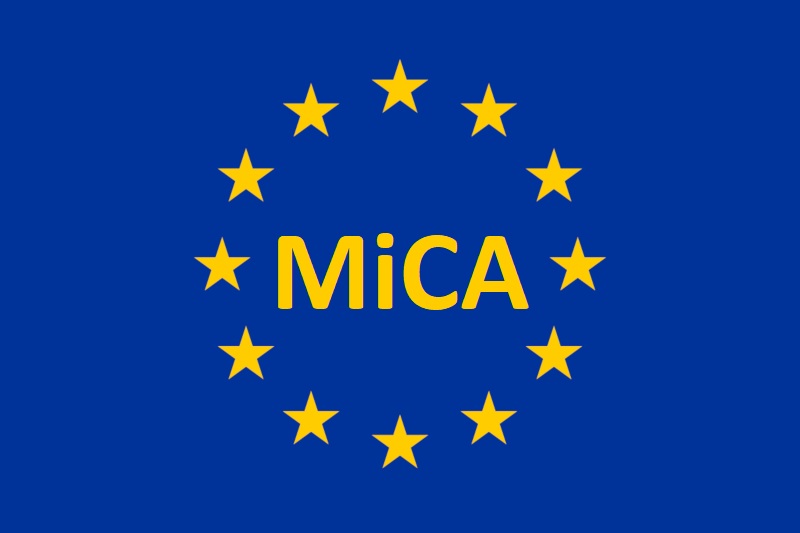Europe adopts MiCA regulation

The Council of the European Union published a briefing note on 5 October on the progress made on the adoption of the MiCA (Market in Crypto-Assets) regulation. This adoption was confirmed this week with the vote of the European Parliament, while the different members of the European Union already agreed this summer on a common regulatory framework for crypto-assets. At the beginning of 2024, European players will therefore have to comply with it.
FACTS
-
The European Union has announced that it has recognised a political interest in developing and promoting the adoption of transformative technologies in the financial sector, including distributed ledger technology (DLT) and crypto-currencies.
-
The European Council and the Parliament have just adopted the MiCA Regulation aimed at regulating crypto-assets in circulation within the European space.
-
After an adaptation period of 12 to 18 months depending on the players, they will have to comply with these new rules, probably not before the beginning of 2024.
-
Investors will then be better protected thanks to a stricter framework for the players involved, providing in particular that
-
digital asset service providers (DASPs in France) will have to obtain an authorisation to operate from the local authorities within two months,
-
the creation of CASP ("Crypto-Asset Service Provider") status for players with at least 15 million users
-
the establishment of a European passport for these players.
-
-
MiCA will also cover investors against possible market abuse and insider trading.
CHALLENGES
-
Adapting institutions to the technological advances of the market: In announcing its progress on the MiCA project, the European Union specifies the urgency that drives it today to adapt financial services legislation to the new realities of the market and the digital age.
-
Renewing current economic systems: The European Union states that crypto-asset offerings can represent an innovative and inclusive way of financing, especially for small and medium-sized enterprises (SMEs). The use of crypto-assets is also seen as an opportunity, especially for cross-border payments.
-
New perspectives: The note published by the European Union also highlights the fact that many applications of blockchain technology have not yet been fully explored. However, they offer a wide range of opportunities for the creation of new types of commercial activities. The European Union is therefore counting on these future technologies to create new opportunities for economic growth and jobs for citizens.
MARKET PERSPECTIVE
-
The adoption of a common European legislation on decentralised finance players should make it possible to harmonise the market and make it more secure. Until now, licences have been issued by the States themselves. In France, for example, the giant Binance recently benefited from AMF approval, but this did not prevent it from suffering a major attack and losing a hundred million dollars a few days ago.
-
The adoption of MiCA comes in a context favourable to crypto-assets in Europe, while the European Central Bank is still working on the development of its digital Euro. This is a major sovereignty issue as various players try to impose themselves on the CBDM market, such as Swift, which recently put forward a solution for the internationalisation of digital currencies.
